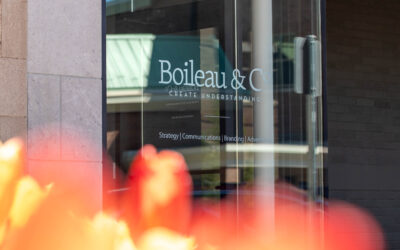Creativity is often messy, but it doesn’t have to be. My best ideas come when I’m able to follow a creative process, a structure that allows my creativity to flow through channels. These channels create constraints around my thinking allowing my ideas to be repeatable, consistent and organized.
Throughout my career my creative process has evolved with my work. I’ve found an immense amount of value in following a somewhat rigid (but ever evolving) order of operations. Here are the steps to what is the foundation of a solid creative process.
“All the best ideas come out of the process; they come out of the work itself. Things occur to you. If you’re sitting around trying to dream up a great idea, you can sit there a long time before anything happens. But if you just get to work, something will occur to you and something else will occur to you and something else that you reject will push you in another direction.”
Alan Watts
Step #1: Better Understand the Problem
Once presented with the problem at hand, the first step is to surround yourself with potential solutions. By stimulating your brain with a mashup of other inventive ideas you’ll be able to remix them for your own purpose.
Example of this step: Perform research to gain a better understanding of how others have solved similar problems. During this step I like to create a Mood board of the styles and techniques that are a good fit for the problem I’m trying to solve.
Step #2: Find Direction & Brainstorm Ideas
During this step the goal is to piece together the most applicable information from step #1, allowing yourself to identify the correct direction of the project. While brainstorming I will often go for a walk or have a conversation with someone to provide a necessary change of pace.
Example of this step: Take a walk and avoid distraction
Step #3: Create & Iterate
Once you’ve found direction the next step is to make something. I like getting my ideas on physical paper sketching them out as they take shape. The three stages of this step are as follows:
Stage #1: Rough Draft
This is the stage where you get to start creating; sketching a layout or writing a rough draft.
Stage #2: Get a Second, Third, or Fourth Opinion
Feedback is critical. Here’s where you share your work with people that you trust to give honest, helpful feedback.
Stage #3: Iterate
Once you’ve gathered a useful amount of feedback the next stage is to iterate based on that feedback.
Step #4: Verify & Review
Once you have a near final version you should review it to make sure it hits the mark; making sure it solves the problem it sets out to solve.
Example of this step: Perform an A/B test
While sticking to a creative process requires an investment, especially at first, it leads to improved creativity, more efficiency, and better results.
Shameless Plug
At Boileau Communications, our creative process is built into everything we do. Whether it’s a Managed Website, a campaign identity, or something in between, we would love to talk to you about your next creative project.

